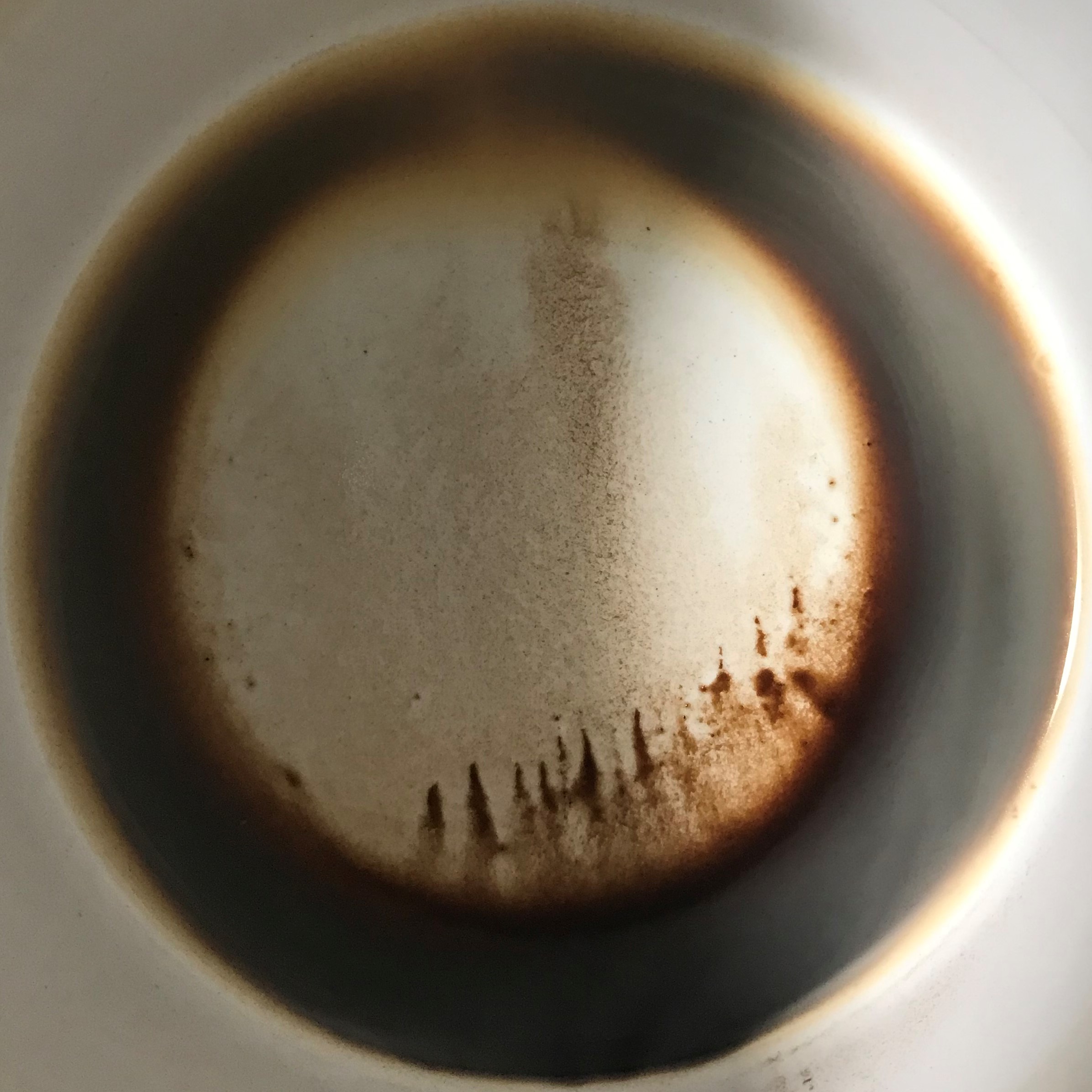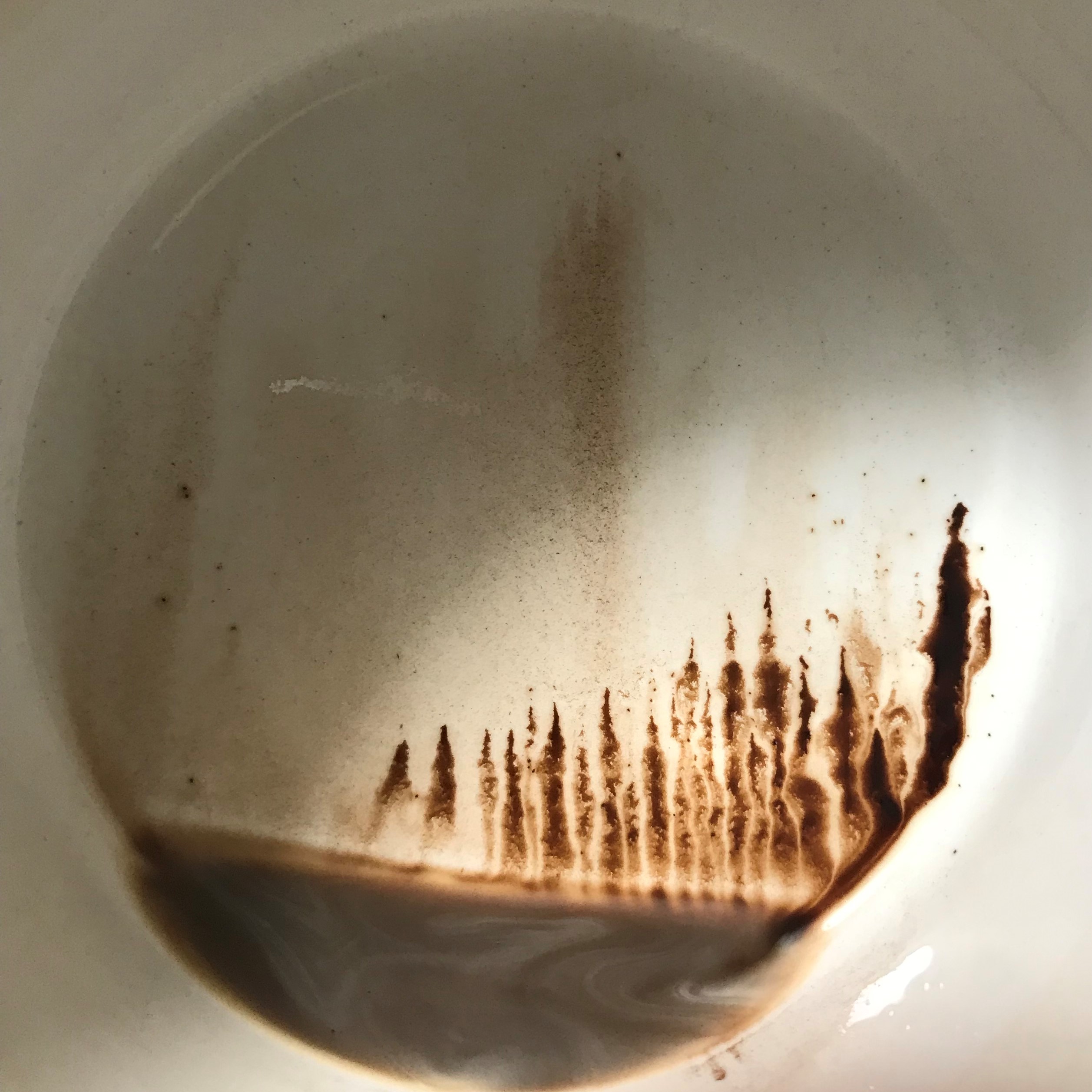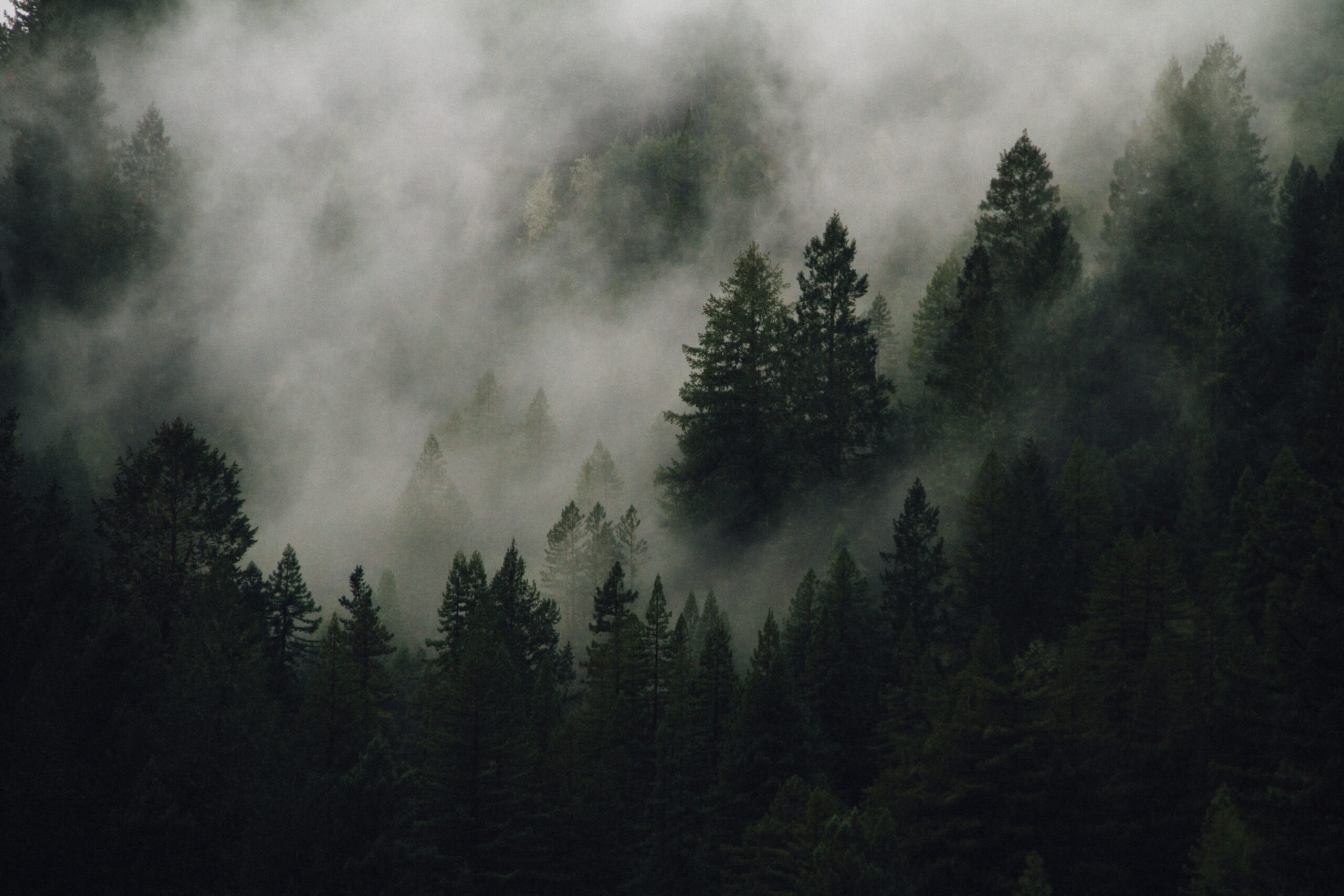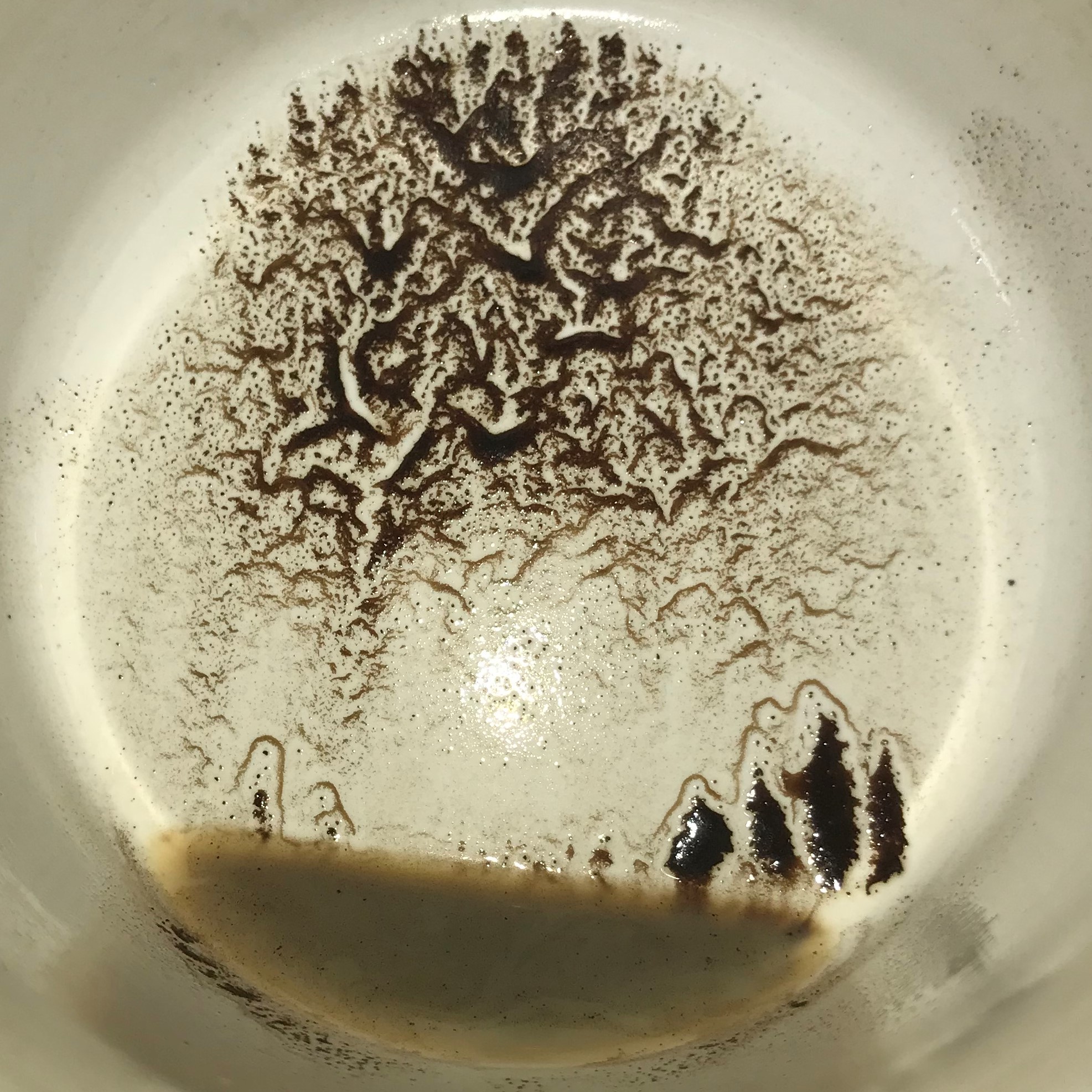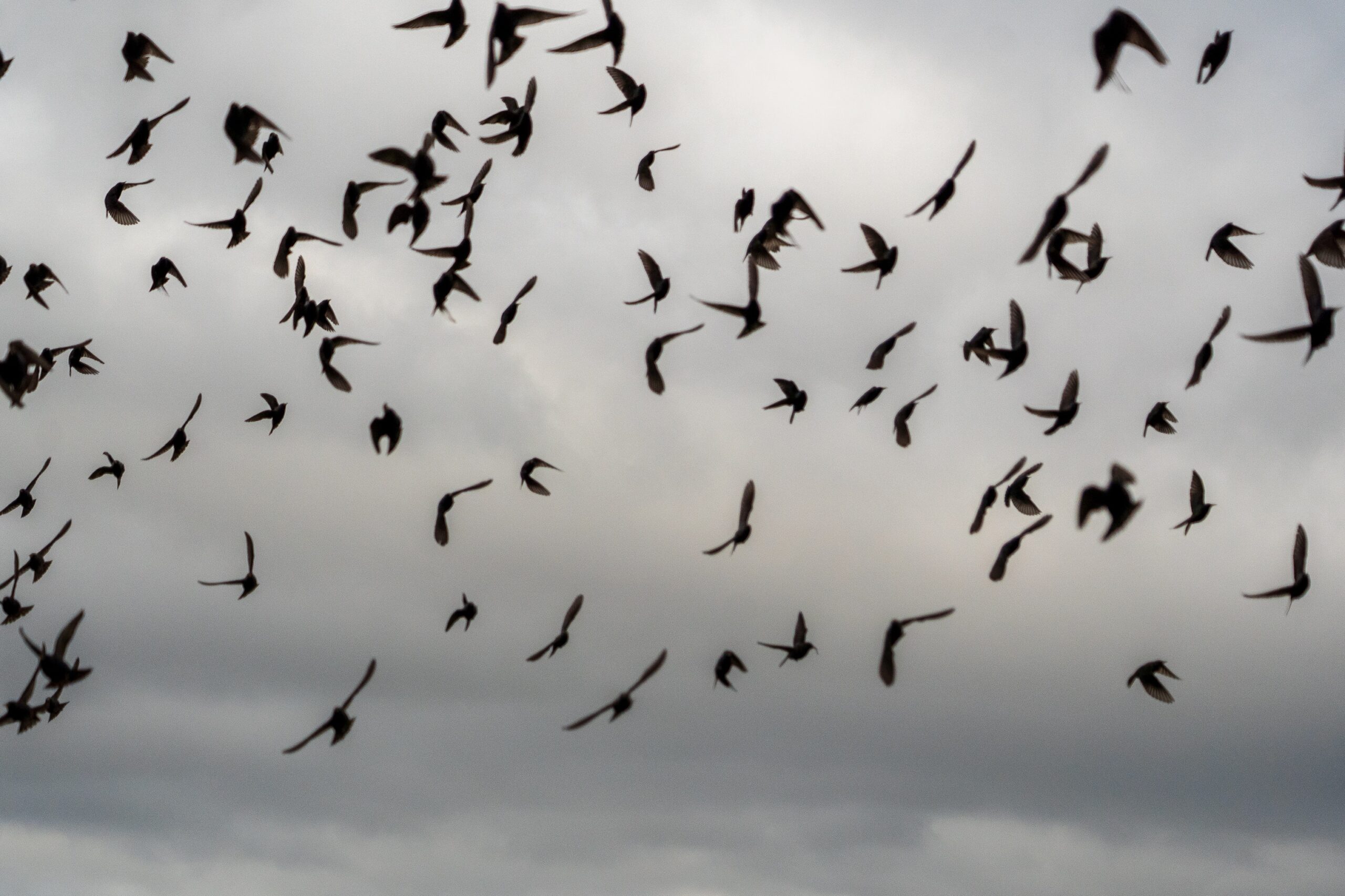The original title of this post was “Encounters in Time and Space.” I’ve had experiences that transcend one moment; I’ll go back to my normal life and then, years later, find myself back in the same place of discovery, viewing the original scene from a new angle, with new information, and my mind is blown. Irresistible stories are born in these second glances, full-circle and still growing.
Part I. Massachusetts
In June 2015 my friend Michelle and I set off into the north end of Boston to my find my seventh great-grandfather’s grave. We found the cemetery, Copp’s Hill, just a glance from the back door of the Old North Church, where he had been a vestryman and owned several of the box pews. More importantly, it was the place from which he and Robert Newman signaled to colonials on the other side of the river that British troops were on the move. Meanwhile, Paul Revere, a close friend of my ancestor, was furiously riding to Lexington and Concord with the message. This was April 1775.

My seventh great-grandfather was Captain John Pulling Jr. A merchant and man of property, he would lose everything when the British learned (fairly quickly) of his act of treason. Anticipating this storm, his wife Sarah (my seventh great-grandmother) and their children fled south, the family silver stitched up in Sarah’s petticoats. John, disguised as a fisherman, left Boston by boat, landed at Hull/Nantasket and joined his family in Cohasset. They would take refuge in a cooper’s shop – a veritable shack – until British forces left Boston a year later.
Having heard the family story so many times, I knew I should visit the church at least once. Tucked into narrow colonial streets filled with Italian eateries, and cobblestone streets… and tourists. The church is small but neat and white-painted. A little historical gem. I spent much of the tour-guide’s presentation trying to imagine John and Robert Newman climbing the staircase in the dead of night, British soldiers banging on the door, Newman climbing out a window, John hiding in a wine cask. We found the Pulling pews. But we did not find John himself.

Copp’s Hill is a large cemetery. No doubt the old stones have been moved around more than a few times – arranged into neat rows regardless of the graves beneath. And there are many graves – men, women, children, colonials and patriots. The stones themselves being hundreds of years old are faded and illegible, some broken to pieces, some covered in lichen, some missing. It was what I expected, but I was not disappointed.
What matters more to me is the place, the piece of earth. To have stood where an ancestor once did, where his life made a sharp turn, was more powerful than finding a stone that might have borne his name. It didn’t even bother me that the tower he’d climbed had been rebuilt in the 1940s after a storm took it down.
Because I was there.

In 2012, Michelle and I had gone south of Boston looking for a lighthouse. We drove up and down the tip of Nantasket, stopped for lunch, and drove down through Cohasset, then east to Hingham. Instead of a lighthouse, we found World’s End, a small nature reserve south of Boston harbor, and spent a quiet afternoon among trees and birds.
The year of my Old North church and Copp’s Hill visit, my mother delved into the details of our ancestors’ story, what happened after the lanterns and the flight from Boston. Certain place names immediately popped: Nantasket and Hull, where John had landed; Cohasset, where Sarah Pulling had taken the children. Somewhere nearby, they’d survived. Michelle and I might have walked the same ground just three years before.
A chill went through me. An epiphany. Somehow – in a very remote and very indirect way – this place was tied to my own existence, generations and centuries later.
Place is powerful. The best souvenir is a story I get to keep telling and sharing. It wouldn’t be the only one.
Part II. Skipton & Elmet
In 2006, whilst studying at the Centre for Medieval and Renaissance Studies in Oxford, my flatmate, Susie, and I took a train to Yorkshire to see the moors and Skipton Castle. Michelle, who also shared our flat, had the flu that weekend and couldn’t come.
Skipton is on the southern foothills of the Yorkshire Dales in North Yorkshire, bordering the West Riding or West Yorkshire. This place has seen thousands of years of shifting histories: the ancient Britons, the Angles, the Danelaw, the Conquest. It is a historian’s dreamscape.
It was November 11th, Remembrance Day (to our Veterans Day). The weather was cold and misty. We walked through the castle, imagining the lives of the prominent Clifford family. Wandered parlors and kitchens and courtyards. Explored the chapel which was used as a barn during the Civil War. Climbed the towers and looked down at the canal. Went down into the dungeon and peered down the grate of the oubliette set into the floor.


I remember walking all the way through town towards the moor, the street sloping dramatically, having to stop to catch our breath and massage sore calf muscles. We looked over stone walls and climbed stiles. We saw Skipton from above and the mist rolled over us in foggy waves. It was windy and wet and absolutely perfect.
We were in Yorkshire for two days. Some of the locals were pleasantly surprised that a couple of American students would choose to visit their town over something more famous. We stayed in a cozy inn next door to a sheep farm. (Oh, yes, sheep were everywhere! 🐑) I bought a few ceramic birds I would bring home for my parents and grandmother as Christmas gifts. We returned to Oxford tired but happy.

Two days and the place left a lasting impression on me. I had the urge to write a novel set in England about historians from Oxford having mysterious experiences in Yorkshire, on moors, in ruins, in a castle. I reread James Harriet books to return to that sense of place. Over the years I’d return to it in various iterations of my novel, but I never finished it. Yet, that longing to go back somehow has never gone away.

Fast forward to this year. I’m trying to resurrect elements of that old unfinished novel, knowing deep in my heart that Yorkshire is a part of it. My focus drifts to the early middle ages, into the “dark ages” (that old misnomer), into the murk of shifting kingdoms and invasions and wilderness. Before it was called England. I know my novel will involve local legends (my own inventions) and time-travel.
I read as many books as I can find. I reread the novel Hild, which tells the story (however reconstructed) of the growing might of Northumbria in the 7th century. The story begins at a place called Elmet, which is dear to Hild’s heart. Elmet as a word begins to circle my thoughts.
I fall down a rabbit hole of history whimsy. Elmet was one of the last British kingdoms to hold out against the Angles. Hild takes place after the Angles took the kingdom over and her father, Hereric, is murdered.
Not much is known about Elmet, but it’s thought that the kingdom emerged after the Romans withdrew from Britain, a tribe called the Loides. For at least a century they held their own against the Germanic invaders: Deira to the east, Bernicia to the north (before east and north united as Northumbria), Mercia to the south, Gwynedd (Welsh) to the west. Leeds (called after the Loides) was thought to be their center. Until they fell to the Angles and then later overrun by pagan Mercia, they held onto the Christianity they’d inherited from their Celtic-Roman ancestors.

In the early 600s, Elmet joined forces with the Celtic kingdoms to the north (Gododdin and Rheged) to prevent the consolidation of the Anglisc kingdoms of Deira and Bernicia. They were defeated. Anglisc power grew, and Elmet’s days as an independent state were numbered. (Sources: Dr Ian Adamson, The Barwick Elmet Historical Society (Tony Cox) and historyfiles.co.uk.)
Very little remains of Elmet. It’s exact borders are lost. Archeological evidence points to defensive earthworks and small dykes. Those who settled Elmet would be called the Elmetsaetne. The word Elmet would remain in place names throughout the region. It would still be distinct in 17th century records. There is evidence that people living in the area are genetically distinct from other groups in England. Elmet is still there, if in shadows and whispers.
Then… because my mind always drifts back to Skipton, I began to wonder where the town falls on the was-probably-once-Elmet map. I did a quick search and nearly fall off my chair. Skipton, on the border of West and North Yorkshire, is definitely in the area. Skipton (which is an Anglisc place name, by the way) was probably part of Elmet.
Hence my Twitter outburst: “I was there! I was there! It was fate!”
I considered the coincidence. How was it the one place I visited in Yorkshire? Out of all the sights – Brontë house in Haworth, the Yorkshire Dales, York Minster (everything in York, really), Fountains Abbey – why Skipton?
I admit Elmet might not be “fate”… or wyrd, destiny, as the Anglisc called it. But. It has created an uncanny, important feeling of purpose. A sense of human connection to a place with deep roots. It doesn’t have to be rational or explicable or linked to me through my ancestors. If it has to power to regenerate old stories into new ones, it’s worth everything.

I like stories that are buried in shadow. Stories with unanswered questions, enigmas unsolved. The questions compel, open the door to the last days of British Elmet, or the consequences of hanging a lantern in a church window. I don’t seek answers. I seek the stories of people long gone. People who might have been. People who change the way I think about the world. That’s how I keep writing.
※

